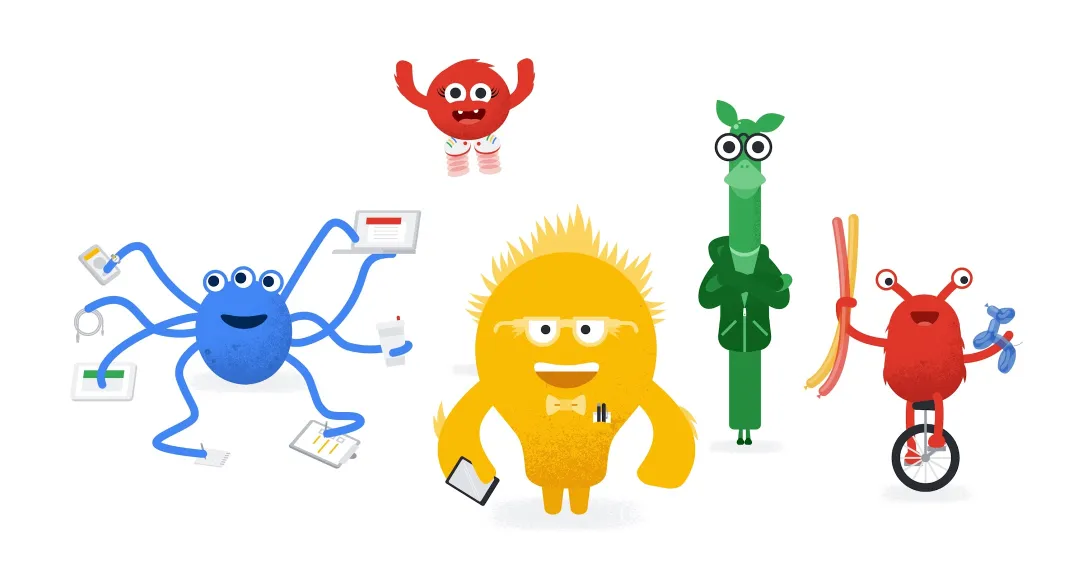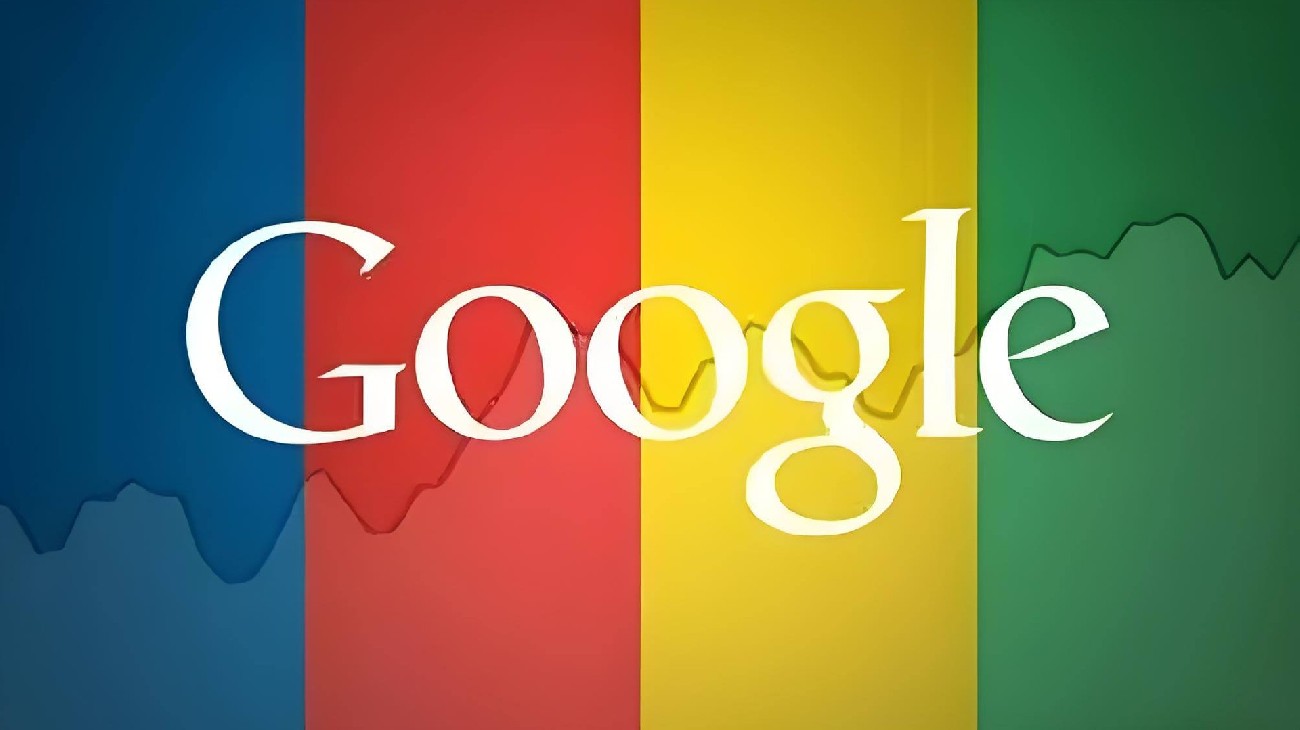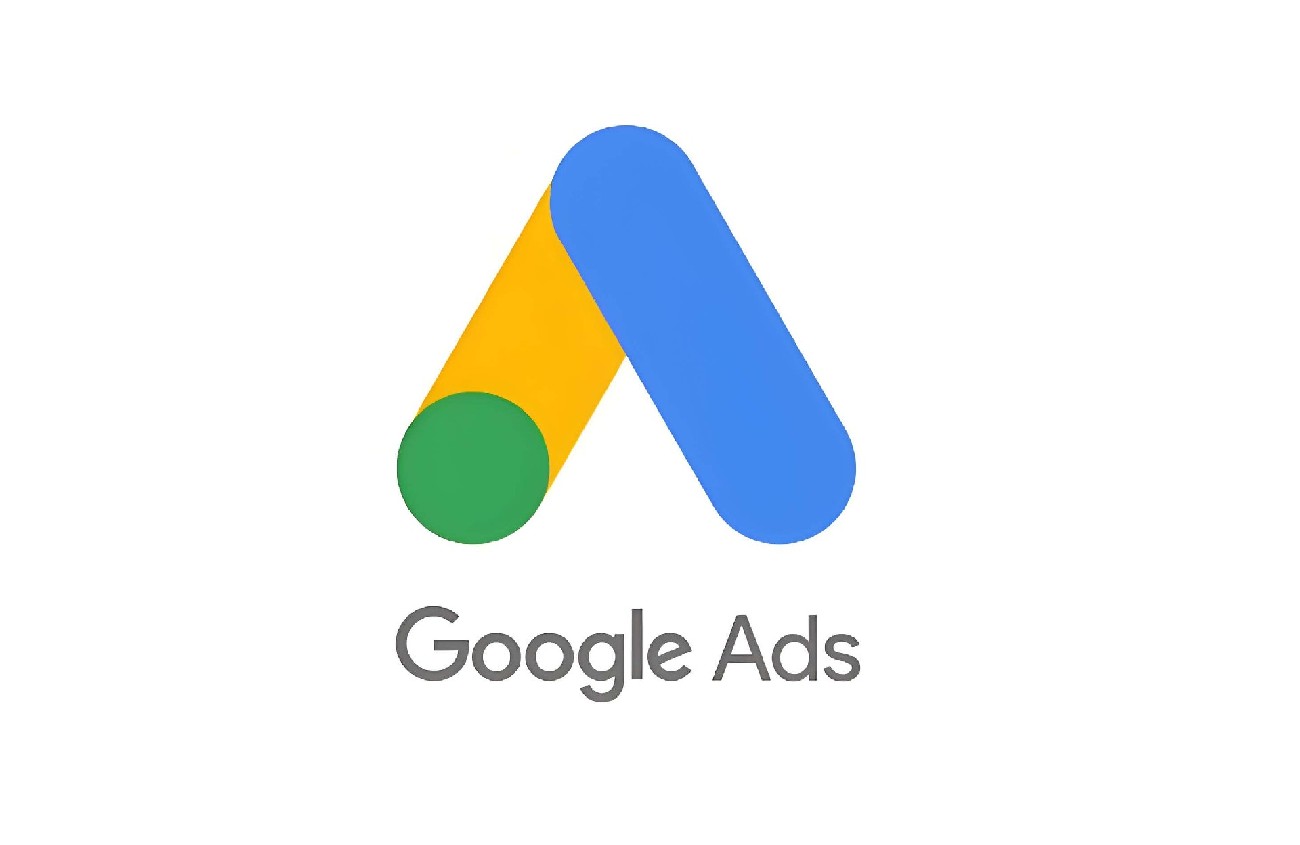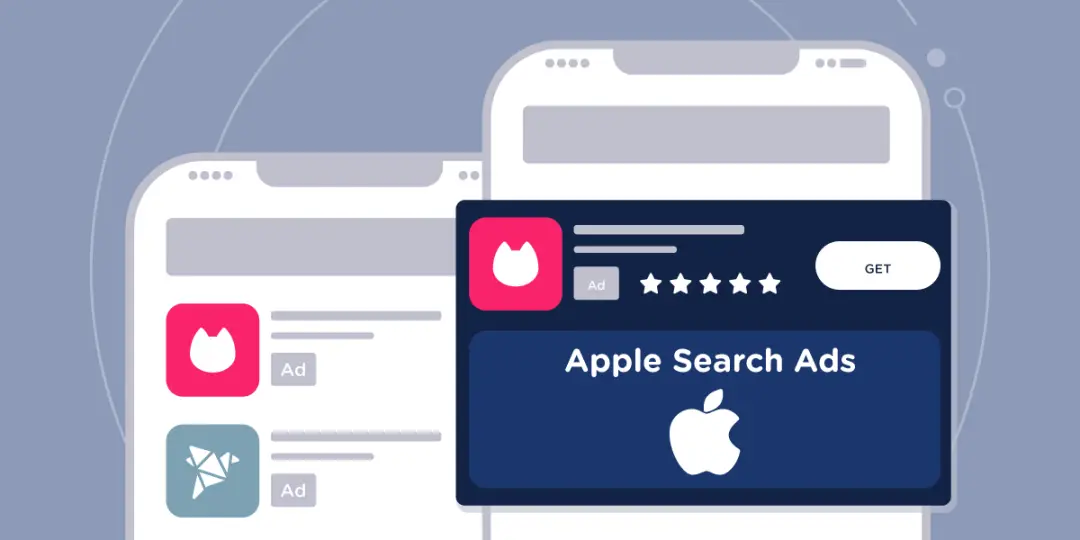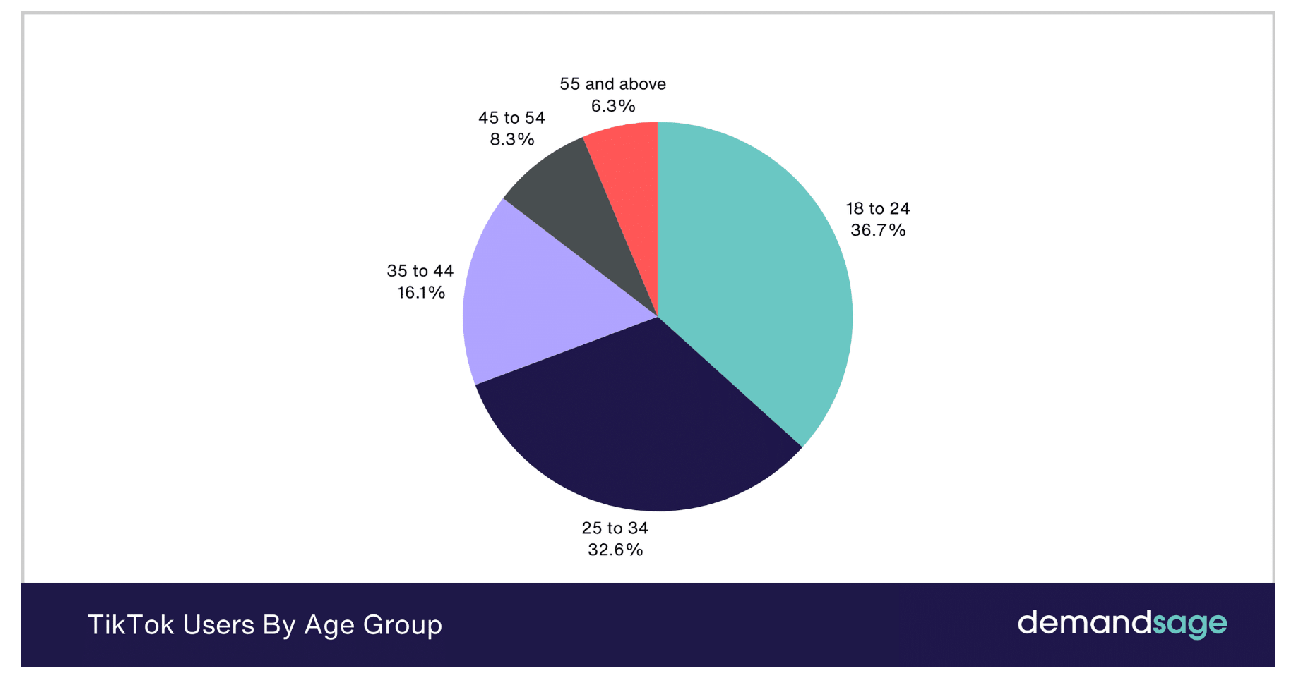As globalization deepens, more and more companies are setting their sights on the global market, hoping to promote their products or services through advertising. Particularly in the realm of In-App Advertising (IAA), this represents not only a massive opportunity but also a field filled with challenges. This article will delve into the advertising knowledge necessary for understanding global IAA, helping you succeed in the international market. (This article is quite lengthy and packed with valuable information, so it’s recommended to bookmark it for later reading.)
1.Understanding IAA and Its Importance
In-App Advertising, which refers to ads displayed within an application, is a form of mobile advertising. It includes various types such as banner ads, interstitial ads, video ads, and native ads. For developers, IAA is an important source of revenue, while for advertisers, it serves as an efficient user acquisition channel.
2.Familiarity with Global Advertising Regulations
Different countries and regions have varying laws and regulations regarding advertising. For instance, the EU’s GDPR has stringent requirements for personal data protection, while the U.S. Children’s Online Privacy Protection Act (COPPA) particularly focuses on the privacy rights of minors. Before expanding IAA overseas, it is crucial to thoroughly understand the legal regulations of the target market to ensure that advertising activities are lawful and compliant.
3.Mastering Different Ad Formats
Different ad formats play different roles in mobile applications, designed to maximize user engagement while generating revenue for developers. Here’s a detailed introduction to some common ad formats and their recommended placements:
Banner Ads
Function: Typically horizontal or vertical long strip ads occupying the top or bottom of the screen, they do not interfere with the main user actions.
Placement: Usually placed at the top or bottom edges of the app or at the top and bottom of the content area.
Native Ads
Function: Native ads blend seamlessly with the app’s content and style, appearing as a natural part of the application, offering a more organic advertising experience.
Placement: Can be integrated within content streams, such as article lists in news apps or feeds in social media apps.
Rewarded Video Ads
Function: Users receive in-app rewards, such as virtual currency or extra lives, after watching a complete video ad, increasing user engagement and satisfaction.
Placement: Typically shown when users complete certain actions or reach specific milestones, such as after finishing a game level or during specific interactions in the app.
Interstitial Ads
Function: Full-screen ads displayed between two different content pieces in the app, usually appearing when users complete a task or transition between screens.
Placement: Ideal for showing at natural pauses in the app, such as between game levels or between two different app interfaces.
Splash Ads
Function: Displayed immediately when the app starts, these ads quickly capture user attention.
Placement: On the initial screen when the app launches.
Incentivized Interstitial Ads
Function: Similar to rewarded video ads but presented in interstitial format, users earn rewards after viewing the ad.
Placement: Can be shown when users naturally pause their app usage, such as in a game’s pause menu.
Each ad format has its suitable scenarios and objectives. Developers need to decide which ad format to use and where to display these ads based on user experience design, content layout, and business goals. The correct choice of ad placement and format can maximize advertising effectiveness while ensuring a positive user experience.
4.Mastering Different Ad Monetization Platforms
The global market features numerous advertising platforms such as Google AdMob and Facebook Audience Network. Understanding the characteristics, advantages, and limitations of these platforms is crucial for choosing the right advertising platform for your product. Each platform has unique strengths and features that developers can leverage based on their app characteristics and target markets.
AdMob
Introduction: Google’s AdMob is a leading mobile app advertising platform that offers various ad formats and efficient monetization solutions.
Features:
Global reach suitable for various apps.
Diverse ad formats and request methods.
Access to Google’s vast advertiser database.
Facebook Audience Network
Introduction: This platform allows developers to display ads on Facebook and its partner sites, utilizing Facebook's targeting technology for monetization.
Features:
Precise audience targeting and diverse ad formats.
Flexible ad budget control.
Cross-platform deployment capabilities.
AppLovin
Introduction: A technology-driven ad platform that offers optimized ad matching and monetization services through its AXON technology.
Features:
Machine learning recommendation engine optimizes ad matching.
Comprehensive user growth and revenue solutions.
Efficient business model with strong operational leverage.
Unity Ads
Introduction: Part of the Unity platform, Unity Ads focuses on providing monetization services through video and playable ads for game developers.
Features:
Designed specifically for game developers.
High-quality, interactive ad experiences.
Supports programmatic buying and optimization.
Ironsource
Introduction: A leading ad aggregation and monetization platform, particularly strong in the gaming sector.
Features:
Supports various ad formats and in-app bidding.
Provides data-driven optimization and analysis tools.
Vungle
Introduction: A platform focused on mobile video advertising, offering high-quality video ad monetization services for developers.
Features:
Concentrates on video ad formats.
Optimizes user viewing experiences and ad effectiveness.
Mintegral
Introduction: A programmatic ad platform that provides global monetization services for mobile app developers.
Features:
Programmatic ad buying and optimization.
Diverse ad solutions.
Uses advanced algorithms to enhance ad effectiveness.
InMobi
Introduction: A global mobile advertising network offering monetization services through various formats including video and native ads.
Features:
Global coverage with support for diverse ad formats.
Provides ad optimization and analysis tools.
Pangle
Introduction: Primarily serving the Asian market, offering efficient ad monetization solutions, especially suited for regions like Hong Kong, Macau, Taiwan, Japan, and South Korea.
Features:
Focuses on the Asian market.
Supports various ad formats and precise targeting.
Chartboost
Introduction: A monetization platform designed for mobile game developers, providing ad network and analytics tools.
Features:
Specifically designed for game developers.
Supports hybrid models for in-app purchases and ad monetization.
Offers ad network and analytics tools.
5.What is a Mediation Platform?
A mediation platform, often referred to as an Ad Network Aggregator or Mediation Platform, serves as a technology platform for mobile app developers and ad networks. Its core function is to simplify the integration and management of ad networks, providing developers with an efficient and flexible way to manage and optimize their ad monetization strategies while maximizing ad revenue. Here are some detailed explanations of mediation platforms:
Simplified Integration: Integrates multiple ad networks through a single SDK (Software Development Kit), avoiding the duplication of efforts and complexity required for integrating each ad network separately.
Unified Interface: Provides a unified API and interface, allowing developers to interact with multiple ad networks using the same codebase.
Ad Request Optimization: Mediation platforms can intelligently manage requests to different ad networks, selecting the best ad fill strategy to improve fill rates and eCPM (Effective Cost Per Mille).
A/B Testing: Allows developers to conduct A/B testing between different ad networks to compare their performance and select the optimal ad network configuration.
Unified Ad Formats: Even if the ad formats supported by different ad networks vary, mediation platforms can provide a unified ad format, simplifying development tasks.
Data Reporting and Analysis: Offers centralized data reporting and analysis tools to help developers understand the performance of different ad networks and make more informed decisions.
Risk Management: By distributing ad requests across multiple networks, it reduces the risk of relying on a single ad network.
Global Coverage: Mediation platforms typically partner with ad networks around the world, helping developers easily access different regional markets.
Technical Support: Provides technical support and consulting services to assist with integration and optimization issues.
6. What are Bidding Ads
Bidding ads, commonly referred to as Real-Time Bidding (RTB) ads, are a method of programmatic ad buying that allows multiple advertisers (the demand side) to bid in real time for advertising opportunities before the ad is displayed to the user.
Differences Between Bidding Ads and Traditional Waterfall Ads
Bidding ads and traditional waterfall ads represent two distinct monetization strategies, with clear differences in operation and effectiveness:
Bidding Mechanism
Bidding Ads: Utilize a real-time bidding mechanism, allowing developers to request ad displays from multiple ad networks simultaneously. These networks will bid in real time based on the value of the ad opportunity, with the highest bidder winning the display.
Waterfall Ads: Request ad display opportunities in a pre-set order, from high to low, until an ad network accepts the request and displays an ad.
Revenue Optimization
Bidding Ads: Bidding maximizes revenue for each ad display, ensuring the ad space is sold at the highest possible price.
Waterfall Ads: Rely on historical data to predict which ad network may offer the highest eCPM, but this method does not guarantee maximum revenue for each display.
Response Speed
Bidding Ads: By processing requests from multiple ad networks in parallel, ad loading times can be reduced, allowing for faster ad display.
Waterfall Ads: The serial request method may lead to longer ad loading times, negatively impacting user experience.
Transparency and Control
Bidding Ads: Provide higher transparency, as developers can see real-time bids from different ad networks and make decisions based on this information.
Waterfall Ads: Offer lower control, requiring developers to set request order based on historical performance, without real-time insight into current bidding conditions.
Technical Requirements
Bidding Ads: Require support for bidding technology from ad networks and aggregation platforms, and may necessitate adjustments to the technical architecture.
Waterfall Ads: Have lower technical requirements, allowing developers to integrate various ad network SDKs in a fixed order.
Maintenance Costs
Bidding Ads: May require less manual maintenance since the bidding process is automated.
Waterfall Ads: Require regular adjustments to ad network priorities based on historical data, leading to higher maintenance costs.
Applicable Situations
Bidding Ads: Suitable for developers with a large user base and ad inventory, allowing for more effective utilization of these resources.
Waterfall Ads: More appropriate for small or medium developers or as a fallback when bidding technology is unavailable.
Overall, bidding ads provide a more advanced and automated way to optimize ad revenue, while waterfall ads represent a more traditional approach reliant on historical data. With technological advancements, bidding ads are gradually becoming the mainstream choice for improving ad monetization efficiency.
7. Ad Creativity and Localization
Creativity is key to advertising success. When designing IAA (In-App Advertising), ensure that the ad content is engaging and relevant to the target audience. Additionally, localization is another important aspect of IAA when expanding abroad, which includes not only language translation but also considerations of cultural customs, color preferences, and more.
8. User Privacy and Data Security
Protecting user privacy and data security is a critical aspect of advertising campaigns. Ensure that your ad activities comply with data protection regulations and clearly inform users about how their data will be used and for what purposes.
9. Monitoring and Analyzing Ad Performance
Ongoing monitoring and analysis of ad performance after deployment is essential. By tracking key metrics such as click-through rates (CTR), conversion rates (CVR), and user retention rates, you can promptly adjust your advertising strategies to optimize ad performance.
10. Budget Management and Cost-Benefit Analysis
Reasonably allocating ad budgets and conducting cost-benefit analyses are crucial to maximizing the return on investment (ROI) of ad spending. Understanding the costs of different ad formats and platforms, as well as their impact on user behavior, can help you allocate resources more effectively.
11. Continuous Learning and Adaptation
The advertising industry is a rapidly changing field, with new ad formats, technologies, and regulations constantly emerging. Continuous learning and adapting to market changes are key to maintaining the competitiveness of your advertising activities.
12. Selecting Overseas Advertising Platforms: A Key Step for IAA Expansion
Choosing the right advertising platform for overseas expansion is crucial for the success of IAA. A suitable ad platform can help your application reach its target audience while optimizing ad performance and improving ROI. Here are several key factors to consider when selecting an overseas advertising platform:
Target Market Positioning: First, identify which global markets your application targets. Different regions have varying user habits, cultural backgrounds, and language preferences, so selecting a platform that can cover these markets is essential.
User Base of the Platform: Choose an ad platform with a large user base, as this will directly impact the number of potential users your ads can reach. For example, Google AdMob and Facebook Audience Network are platforms with extensive global user bases.
Ad Formats and Innovation: Different ad formats (such as banners, interstitials, videos, native ads, etc.) attract users differently. Selecting a platform that offers diverse ad formats and continuous innovation can help better capture user attention.
Technical Integration and API Support: The ease of technical integration directly affects ad implementation efficiency. Choose a platform that offers robust API support and comprehensive documentation to simplify the integration process and speed up ad deployment.
13. Explanation of Some Terminology
The global advertising monetization field involves many proprietary terms that are crucial for understanding the mechanisms and strategies of ad monetization. Here are some common terms and their meanings:
CPM (Cost Per Mille): Cost per thousand impressions. The fee advertisers pay for every thousand times an ad is displayed.
CPC (Cost Per Click): Cost per click. The fee advertisers pay for each time a user clicks on an ad.
CPA (Cost Per Action): Cost per action. The fee advertisers pay when users complete a specific action (such as registration or purchase).
eCPM (Effective Cost Per Mille): Effective cost per thousand impressions. Revenue obtained divided by the number of ad impressions, multiplied by 1000.
CTR (Click-Through Rate): Click-through rate. The ratio of users who clicked on an ad to the total number of users who saw the ad.
CR (Conversion Rate): Conversion rate. The ratio of users who completed the desired action to the total number of users who clicked on the ad.
Fill Rate: Fill rate. The ratio of actual ads displayed to the number of ad requests made.
Impression: An impression. An instance when an ad is loaded and displayed to a user.
Banner Ads: Rectangular ads typically located at the top or bottom of a webpage or app.
Interstitial Ads: Full-screen ads displayed between page transitions.
Native Ads: Ads that align with the style of app content, appearing as part of the normal content.
Rewarded Video Ads: Ads that provide users with in-app rewards for watching the entire video ad.
App Open Ads: Ads displayed when the app is opened.
Ad Network: A platform that connects advertisers with publishers, facilitating the automated process of ad buying and placement.
Ad Exchange: A marketplace where advertisers and publishers can buy and sell ad inventory in real time.
DSP (Demand-Side Platform): A platform that allows advertisers to automate the purchase of ad space.
SSP (Supply-Side Platform): A platform that helps publishers manage their ad inventory and automate the sales process.
Mediation (Ad Mediation): A service that allows developers to integrate multiple ad networks simultaneously, optimizing ad requests and displays.
In-App Bidding: A technology that allows multiple ad networks to bid in real time within an app to provide the highest fill rates and eCPM.
Waterfall: An ad request mechanism where requests are sent in priority order to each subsequent ad source until the highest bid is found.
LTV (Lifetime Value): The total revenue generated from a user during their interaction with a product or service.
IAP (In-App Purchase): The ability for users to purchase goods or services within an app.
IAA (In-App Advertisement): A method of generating revenue by displaying ads within an app.
SDK (Software Development Kit): A set of tools and libraries provided for developing, integrating, and testing specific functionalities.
Frequency Capping: A method to limit the number of times a user sees the same ad within a certain timeframe.
Ad Blocker: A browser plugin or software that prevents the loading of ad content.
Ad Fraud: The act of illegally generating ad revenue through unethical means.
Invalid Traffic (IVT): Ad impressions or clicks that are not generated by real users and may involve fraud.
A/B Testing: Testing two or more versions of an ad to determine which performs better.
Floor Price: The minimum price set for an ad display, below which no ads will be shown.
Header Bidding: A technology that allows multiple ad exchanges to bid simultaneously for ad display opportunities.
Real-Time Bidding (RTB):Real-Time Bidding (RTB) is a method of programmatic purchasing that allows advertisers to bid in real time for ad opportunities before they are displayed.
Return on Investment (ROI):Return on Investment (ROI) is the ratio of investment gains to investment costs.
Conclusion
Developers of In-App Advertising (IAA) face multidimensional challenges and opportunities when expanding into global markets. A successful overseas strategy requires developers to comprehensively consider and meticulously plan aspects such as market research, technology application, user experience optimization, and revenue maximization.
Flexible and adaptable strategies should be adopted, with an emphasis on compliance and data-driven decision-making, to achieve sustainable success and growth.
In terms of revenue, flexible strategies should be employed to maximize ad monetization efficiency. This includes selecting appropriate ad formats, implementing programmatic buying, leveraging bidding mechanisms to enhance eCPM, and continuously optimizing advertising strategies through A/B testing. Compliance is also a crucial aspect during the expansion process, ensuring adherence to local data protection regulations and advertising industry standards.
Continuous innovation and a long-term perspective are key to ensuring that IAA developers stand out in the competitive global market. Developers must consistently explore new advertising formats and monetization models while building long-term brand strategies for sustainable success and growth. Through these comprehensive strategies and measures, IAA developers can better adapt to the global market, achieving robust growth and long-term success.
